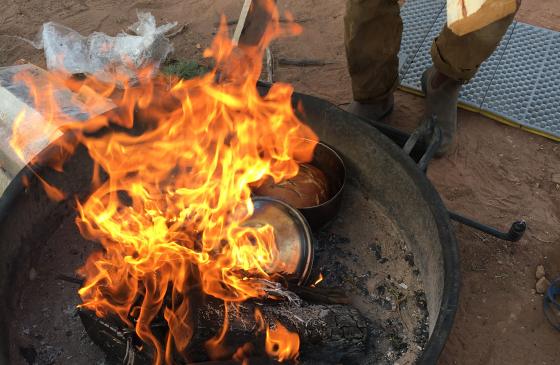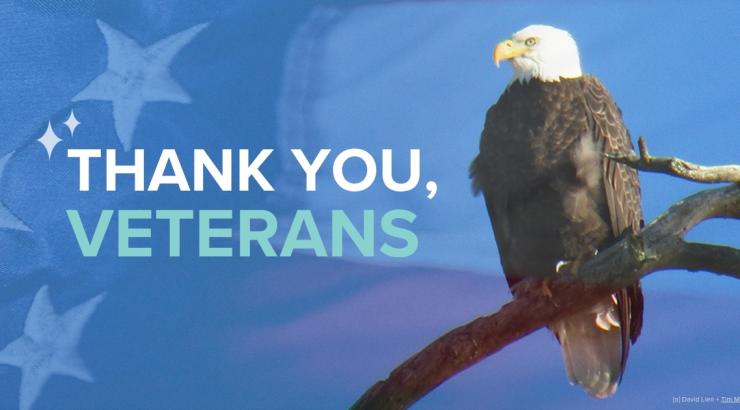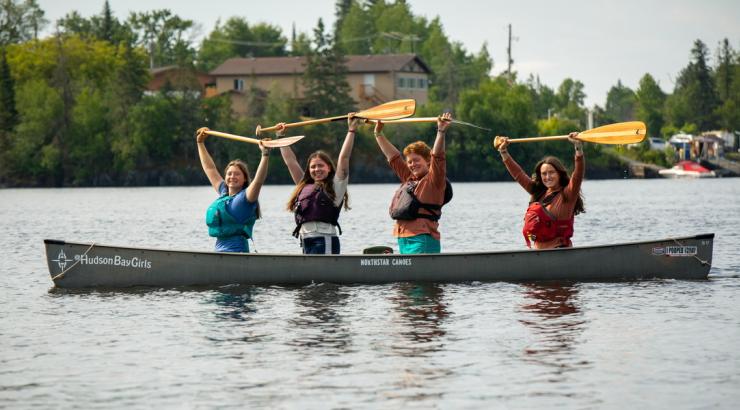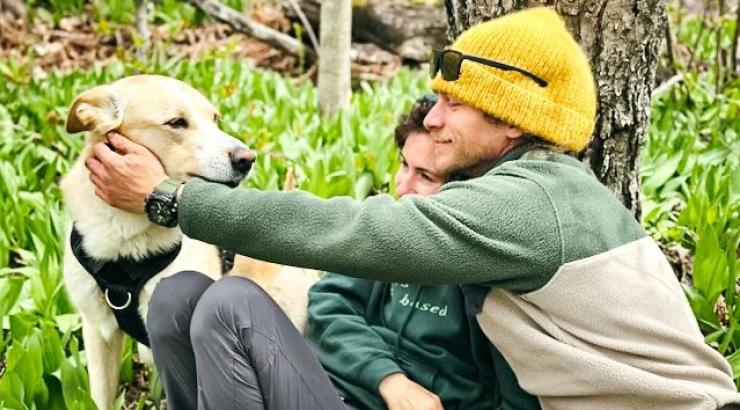For all those backcountry-cooking enthusiasts out there who haven’t tried this yet, or anyone wondering why they wouldn’t just stick to freeze-dried and dehydrated food while on a Boundary Waters trip, I’m going to do my best to convince you to try, just once, to make bread from scratch on your next trip. It doesn’t have to be crazy fancy, but it sure could be.
The first time I made bread in the backcountry was on a National Outdoor Leadership School (NOLS) trip during my sophomore year of college. I took part in the Patagonia Semester course, and in our food rations we had all the standard stuff we’d need to cook simple meals like pasta, cheesy lentils, cinnamon and apple oatmeal, and fry pretty much anything. We also had white and wheat flour, delicious Chilean spices, and the means to make cinnamon rolls, lasagna, pies, quiche, birthday cakes (yes, with candles and sprinkles), and even a fruit cobbler. Cooking became the focal point of each day, the one time when everyone could just sit and focus on one thing instead of all the chaotic factors that sea-kayaking and mountaineering in Patagonia brought with them. It was our decompression and community-building time, and we all developed a really thoughtful relationship with the food we were eating. It was my first experience cooking in the backcountry that I truly cherished.
Now, picture this: you’re at camp, the sun is setting, and there’s nobody else but you and your group on the lake. It’s a huge lake, probably Saganaga, maybe Knife. You wonder, “hmm, strange there’s no one here, but I’m not complaining”. As the sun descends from its golden height into a dampened silvery-purple, you reach into the smoldering fire and pull out a freshly-baked, steaming, golden loaf of bread. In a single loon call, the entirety of the Boundary Waters cheers at your accomplishment. Your group basks in the heat of the dying fire and the warmth in their tummies, and then you have the best night's sleep of your life. The next day you paddle like you’ve never paddled before, the water practically parting before you at the bow of your canoe.
Bread is a very simple recipe; all it just takes a little time, patience, and love, of course. Here’s how you do it, straight from the NOLS cookbook:
Ingredients
- 1 level Tbs. yeast
- 1.5 cups lukewarm water (drop a few drops by spoon onto your wrist to test to themperature
- 2 Tbs. sugar
- 2 tsp, salt
- 2 Tbs. margarine or oil (optional)
- 3 to 3.5 cups flour (1 third whole wheat, 2 thirds white is good)
Directions
Dissolve yeast in lukewarm water with sugar, and salt. Cover and let sit for 5 miuntes in warm spot until it froths. (Try putting it in an insulated mug and capping it. when frothed, it bubbles through the hole a little.) Add half the flour and beat vigourously 2 to 3 minutes to develop the gluten; the wet batter will smooth out and start to get a little stringy. Add margarine and remaining dough to get a thick dough. Flour your hands and knead the bread on a floured pan. Knead with the heels of your clean hands for about 8 minutes, folidng when dough becomes too sticky to handle. The dough will be silky and springy when done. Shape into a loaf and place in a well-oiled pot or fry pan. Press dough out to touch the edges, and grease the top of the loaf with oil or margarine. Cover and set in a warm place to rise for about 1 hour, or until doubled doubled in size. If it's a very cold day, let the dough rise by placing on top of a pan of boiling water with a cover over it. Once risen, bake the bread 30 to 50 minutes in a low fire with coals or on top of a stove. Use a twiggy fire on top of the cover or flip it to bake the top. When done, the bread will be a golden brown and will have a hollow sound when thumped. Take it out of the pot/ pan and cool it in a spot with good air circulation 5 to 10 minutes before cutting.
This is one of many ways to enhance any backcountry cooking experience, but don’t fret if it goes wrong the first time! I’ve burnt more bread than the average college-student with a toaster. And just to be clear, I had freeze dried meals on my last Boundary Waters trip and loved them. They’re actually very yummy and certainly more lightweight than packing in a bunch of flour, but that’s besides the point.
Have you tried making backcountry bread? Tell us about your favorite backcountry recipe, or your favorite experience cooking in the backcountry. We know there’s probably some pretty creative ways to do Boundary Waters fish out there.



